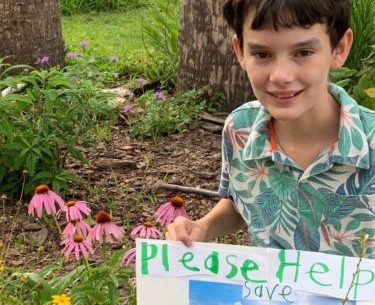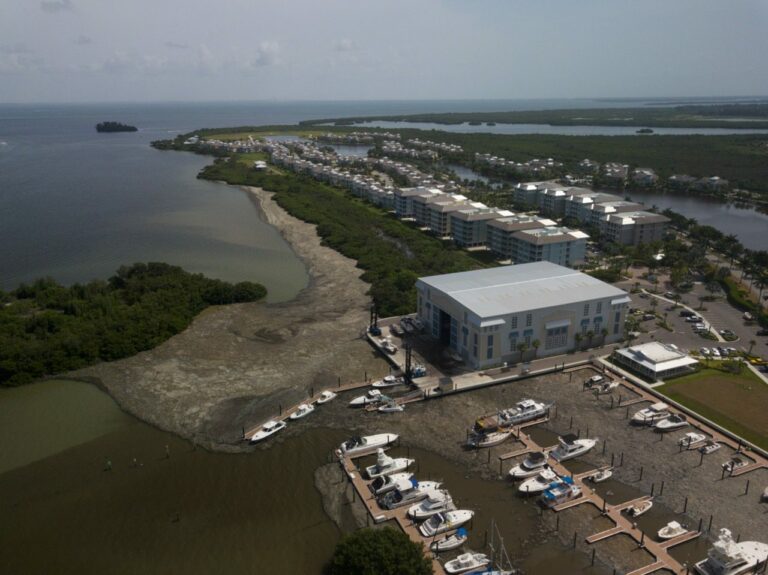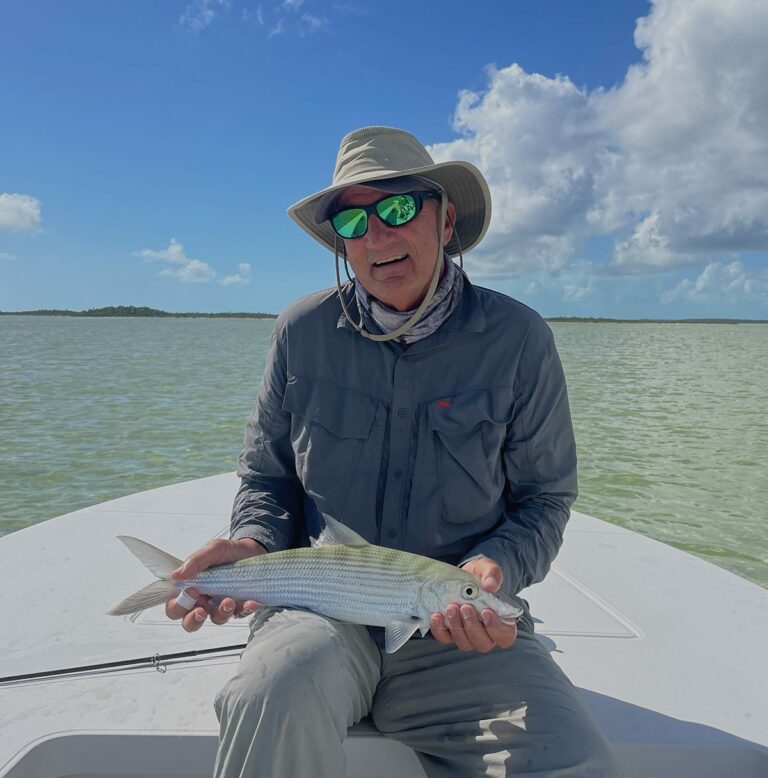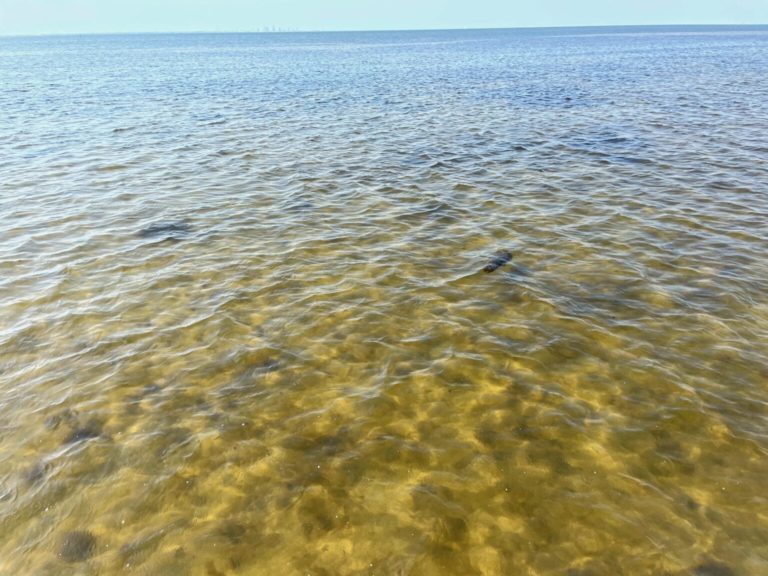Orange Hammock Ranch is located north of Interstate 75 in the city of North Port. Besides the inherent ecological value of the property itself, it is important because It connects RV Griffin Preserve with the Longino Preserve through approximately 6 miles of shared boundaries, and bolsters the 120,000-acre buffer along the Myakka River and the connection between the Myakka and Peace rivers. An estimated 60-75% of the property is wetlands or within a 100-year floodplain. The rainfall that collects on the property feeds Snover Waterway and the Myakkahatchee Creek, both of which are critical sources of North Port’s drinking water. On this property there are hundreds of acres of wetlands intermixed with pine flatwoods, globally-imperiled dry prairie as well as other native habitats. The property is home to quail, indigo snake, the Florida black bear and will be a viable habitat for the Florida panthers that are being bred in the nearby Babcock-Webb Wildlife Management Area.
The importance of purchases like this really hit home when I read a letter written by a 12-year-old neighbor, Brice Claypoole. Brice’s mom, Ali, had read an op-ed on Orange Hammock in a local newspaper by New College Professor Jono Miller and knew Brice would be interested. Brice loves all things nature and is a familiar face at every Sarasota Bay Watch event. At a recent Sister Keys Invasive Clean-Up, he met Manatee County’s Environmental Programs Manager, Damon Moore. Moore was so impressed with Brice’s enthusiasm that he enlisted him to help with a county restoration project at Coquina Beach. While I correctly view projects like this for the value they represent in the here and now, I was suddenly struck by the importance of these wild places to future generations of Floridians like Brice. Protecting the wild areas of Florida like Orange Hammock Ranch, critically endangered by rampant development, should be a top priority for all Floridians. if we are to assure that children like Brice (and future generations) have the opportunities we’ve had, we need to contribute our time and money to their protection and make sure our legislators know that projects like this are a priority to us. And let us not forget the importance to the water that surrounds us and the fish we pursue!



